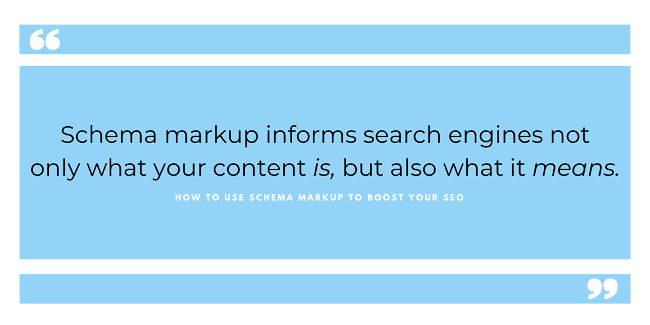Search Engine Optimization (SEO) is an internet marketing strategy that aims to increase your online presence and website visibility by ranking higher within major search engine (i.e. Google, Bing, Yahoo, etc.) results. Studies have shown that 91.5% of the traffic on Google goes to the first page of search results, leaving only 8.5% of traffic that makes it to the second page and beyond.
Why? Since Google’s algorithm ranks pages based on the content it thinks would be most relevant to the searcher, the further you get from first page results the less useful content becomes. What does this mean? It’s important to do whatever you can to rank not only on the first page, but within the top three results for optimal web traffic.
For example, if you’re a web designer in Toms River, New Jersey, your customers and potential customers are likely searching “marketing agency NJ” or “New Jersey marketing company.” To get their attention, your site should preferably display in the first three Google search results. SEO is your solution for getting to targeted search traffic – buyers looking for products, events or services your business offers.
It’s in the interest of every business to grow and increase customer leads. Your website is the perfect conductor for this! Schema data can optimize your SEO, which in turn can improve targeted search traffic and allow your website to attract and convert more customer leads. But what is Schema data and why is it so important?
 Schema Markup & Your Business
Schema Markup & Your Business
Schema is a type of data markup structure that big search engines have been weaving into their algorithms since 2011. In summary, Schema markup is the language that search engines speak and schema tags are the words/parts that make up the language and describe website content. Schema markup informs search engines not only what your content is, but also what it means.
Including Schema markup in your site’s coding will automatically improve your SEO. How? By using schema tags on your website. Schema tags effectively tell the search engine what content is on your site and how you want that content to be portrayed to searchers. Using Schema to help search engines understand website content leads to a richer and more complete site, which results in better page rankings. Schema Markup can help you rank better for various types of content including but not limited to: products, events, articles, etc.
Additionally, Schema improves SEO by way of “rich snippets.” A “snippet” is a normal Google search result, a “rich snippet” is a Google search result with additional data included. Rich snippets are pulled from the structured or schema data found in a website’s HTML code and help search engines index your content so that it can be ranked in search results pages. They can also improve your visibility in niche search results and increase your click-through rate (CTR) by adding visual elements to the result.
 “Marking Up” Your Website
“Marking Up” Your Website
You may have put a lot of effort into your snippets – maximizing the use of the title, description and URL organization – but a rich snippet can make things even better by including images within the search engine results pages next to your listing. Your website, its content, and its page rank are empowered by the use of schema, as search engines won’t have to guess what the information is on your site or where it belongs. Search engines prefer structure and simplicity; Schema helps you accomplish this by giving you the tools to label, categorize and even help in displaying content pieces.
After the implementation of schema markup, search engines know what to do with every piece of content. You can assign properties including “sameAs,” “additionalType,” image, URL, and name. These are instructions that tell search engines how to categorize content/digital assets. Search engines only play well with hard facts and Schema gives them the ability to display the most relevant content to users like your customers.
The end result of implementing schema markup on your website? An increase in your organic traffic, new leads, and more opportunities to convert these leads into customers. While the benefits of Schema markup are many, its most valuable advantage is that it helps grow your business online. Schema gives you more accuracy, more precision, and puts more control in your hands.
 We Go Together Like Schema Data & Local SEO
We Go Together Like Schema Data & Local SEO
Put yourself in your customer’s shoes. If you’re looking for the best video surveillance technology and consider the first two choices that pop up, there are reasons why you’ll choose one over the other. You’re almost guaranteed to be attracted to the link with an image, more information and an attractive layout, right? Schema makes sure you have relevant listings, ratings, images or any other breadcrumbs needed to stand out among competitors and ultimately attract a customer’s attention.
Using Schema will increase clicks, even if your website isn’t necessarily at the top of search results. Being on the first page, having a Schema-enhanced layout is going to better catch the eye of a potential customer and often lead to a higher CTR as opposed to those without the help of Schema. Studies have been conducted using an eye tracking heat map and they concluded that links with photos and a more dynamic presentation simply get more clicks than non-rich snippets.
With many businesses wounded from the pandemic, it is more important than ever to stand out from your local competitors. Implementing a Local SEO strategy, website/content optimization focusing on search results based on your location, can help. As a Synup Partner Agency, Creative Click Media can quickly and easily create and implement a local SEO strategy using Schema to ultimately increase your page rank and attract more visitors to your website. Hasn’t your business suffered enough? Don’t wait another day, contact us and see how we can help you get back on your feet!




